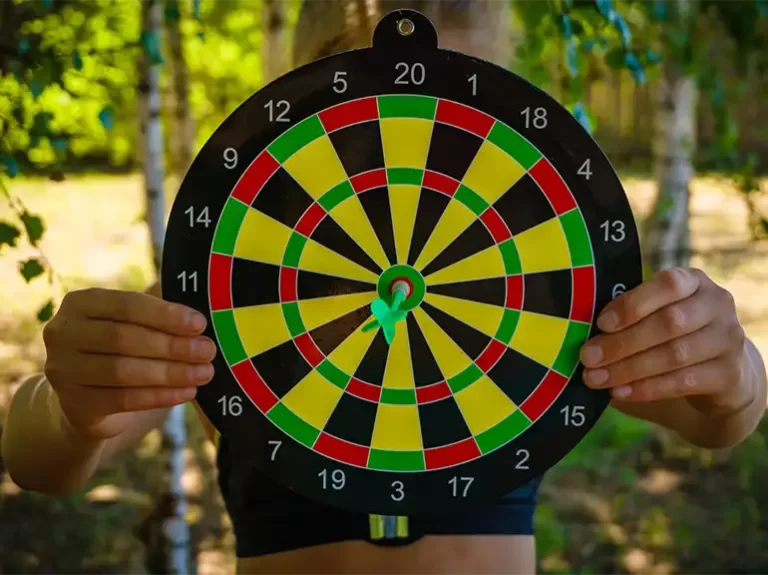Tangents & Secants: The Best Friends of Circle Geometry
Discover the fascinating world of tangents and secants! Unravel their differences and dive into captivating geometry concepts.

Welcome to the realm of circles, those perfectly round figures we adore!
Now, imagine being friends with circles. Who would be their closest pals? Yes, you guessed right – tangents and secants. They’re like the Harry and Ron to the circle’s Hermione, central characters in the fascinating story of circle geometry.
This guide aims to introduce you to these geometry superstars, making them as clear as a sunny day. We will explore the world of tangents and secants with fun examples and simple explanations that anyone can understand.
Get ready to discover how these concepts brighten up your math homework and the world around us!
A Roundup of Basic Circle Concepts
To get the hang of tangents and secants, we must first refresh our memory on a few circle basics.
Picture a circle as a round dartboard.
The ‘bullseye’ or center is a fixed point from which every other point on the board (the circle) is at an equal distance. This distance is what we call the radius.
Some key features of this dartboard include the diameter (twice the radius, like a line across the board passing through the bullseye), the circumference (the edge of the boundary line of the dartboard), and an arc (a part of the edge between two points, think of it like a slice of the edge).
Now, picture throwing two darts on the board.
If you connect the bullseye with the two points where the darts landed, you have a ‘central angle.’ However, if the darts landed on the edge and you connected the points, you’ve formed a ‘chord.’ If you join these points via the bullseye, you’ve made an ‘inscribed angle.’
Fun, right?
Understanding these simple ideas about our geometric dartboard helps when discussing tangents and secants.
Getting Friendly with Tangents
Imagine a tiny ant walking straight along the surface of a basketball.
It touches the ball at one point and continues its journey without crossing over it. That’s precisely what a tangent is – a straight line that just ‘touches’ the circle at a single point.
One remarkable fact about tangents is that they’re constantly at a right angle to the radius at the point of contact.
So if the ant stops at the point where it meets the ball and you draw a line from that point to the center of the ball, the ant’s path and your line will form a perfect ‘L’ shape.
If two ants start at the same point and walk along two different tangents to a circle, they’ll both travel the same distance to reach the circle. That’s the Two-Tangent Theorem.
Tangents aren’t just fascinating; they’re useful too!
For example, engineers use tangents to make sure vehicles can travel safely when designing a curvy road or a racetrack. Architects use them when designing domes, and physicists need them when studying how objects move.
Diving into the World of Secants
Now, think of a hummingbird flying straight through a round opening in a window, entering at one point on the circle and exiting at another. The bird’s path is called a ‘secant’ – a line that ‘cuts through’ the circle at two distinct points.
This difference between tangents and secants makes each of them unique and useful. In math, we use secants in a lot of ways.
For instance, in trigonometry, the ‘secant’ is the opposite of the ‘cosine’ function, which is used when dealing with triangles. In calculus, secants help us understand rates of change and approximation.
Just like tangents, secants are not only math superstars but also real-world heroes. They’re used in designing bridges, domes, archways, and even in understanding how planets move around the sun!
Conclusion
So, tangents and secants are not just about lines and circles. They’re about the world around us, from the roads we travel and the buildings we admire to the cosmic dance of the planets. Understanding them is like finding a magic key to unlock the beauty of geometry and the universe’s wonders.
So, keep exploring and happy learning!